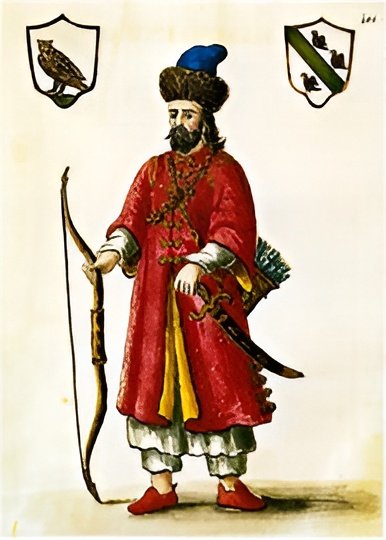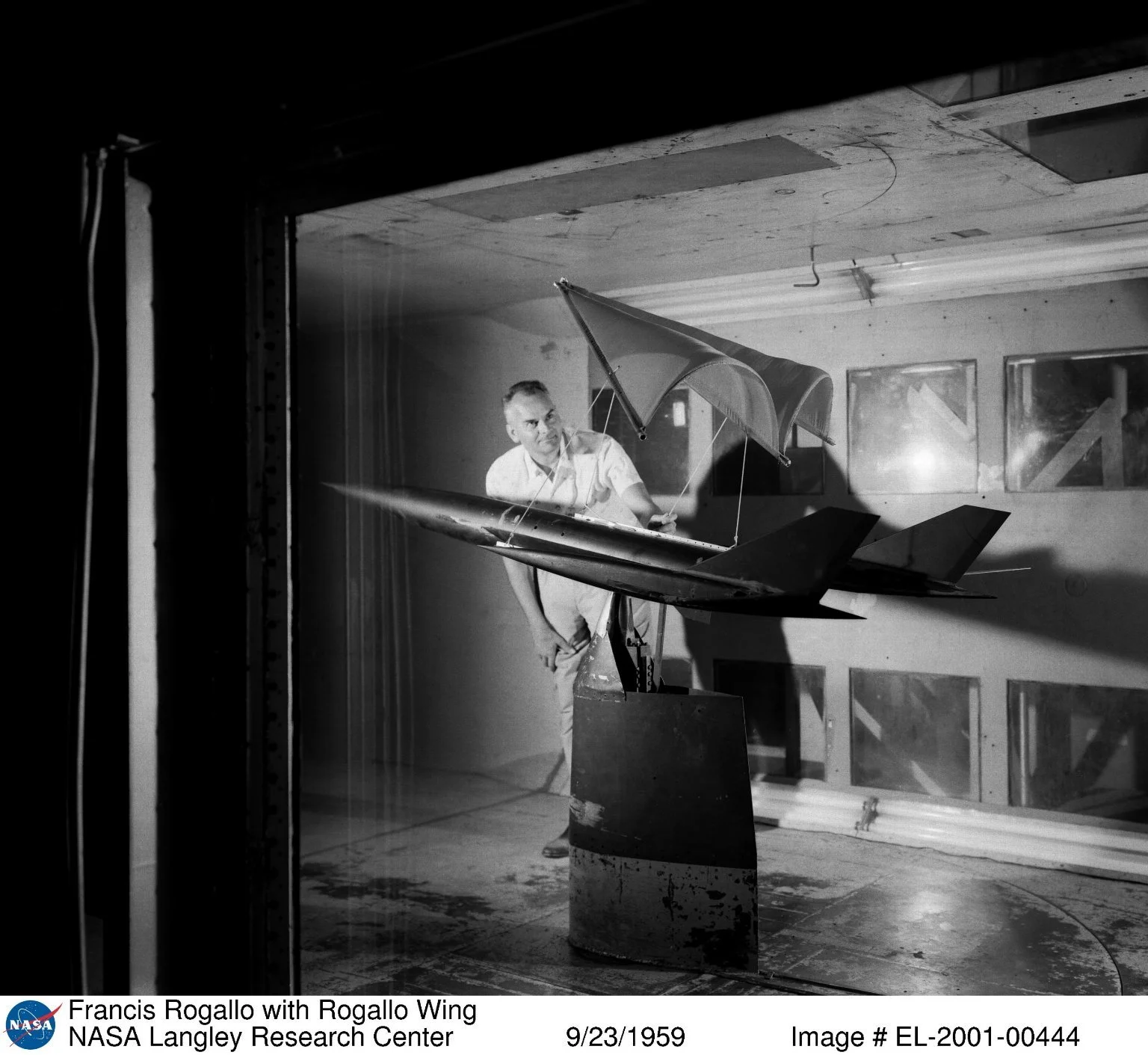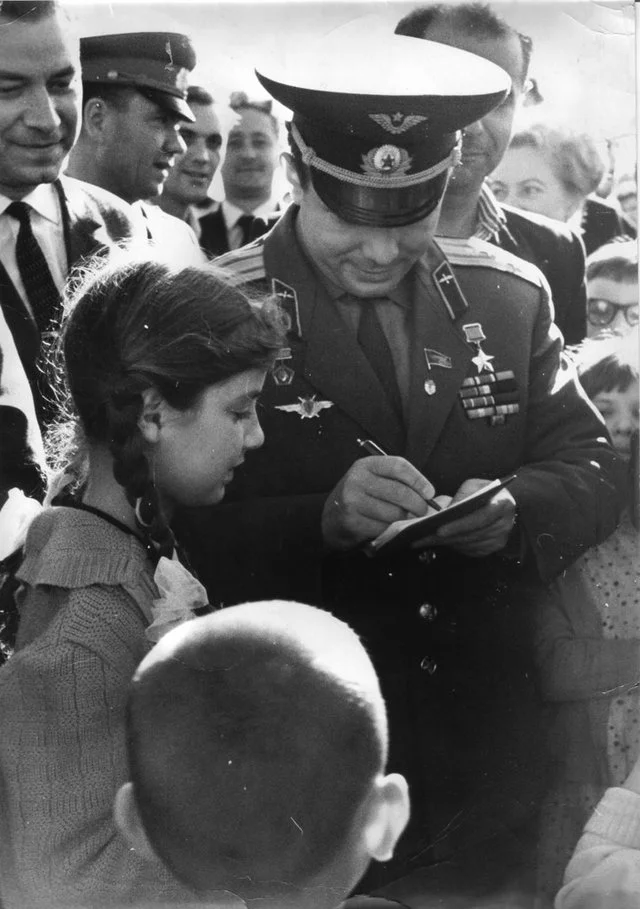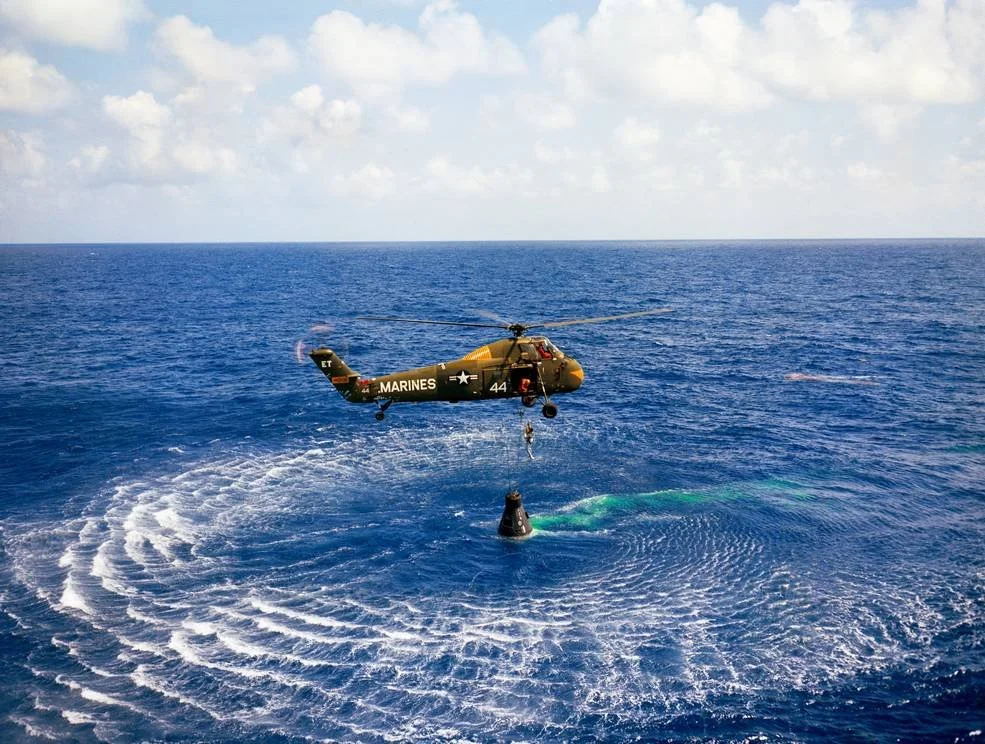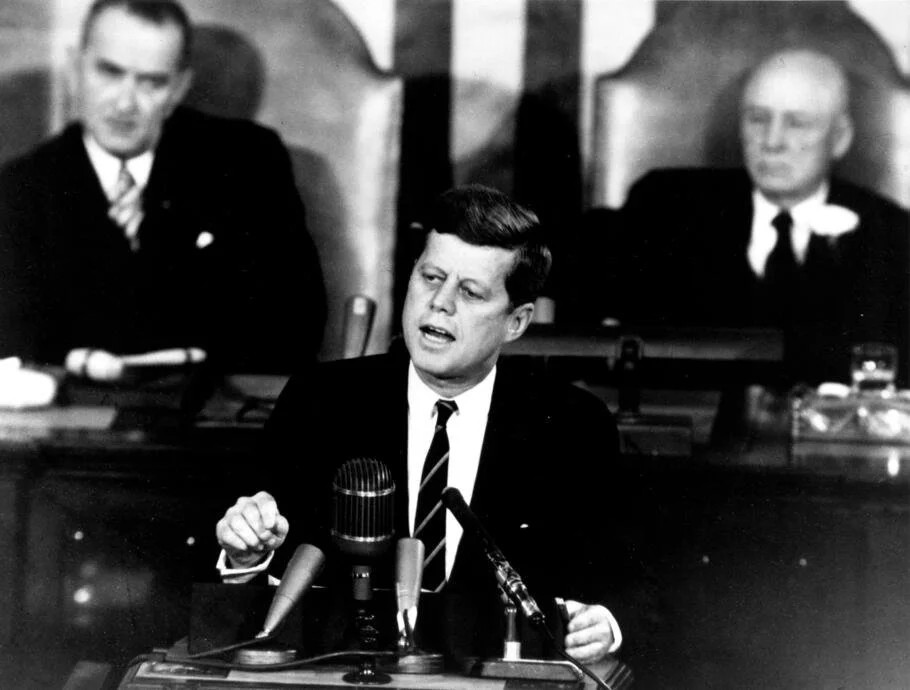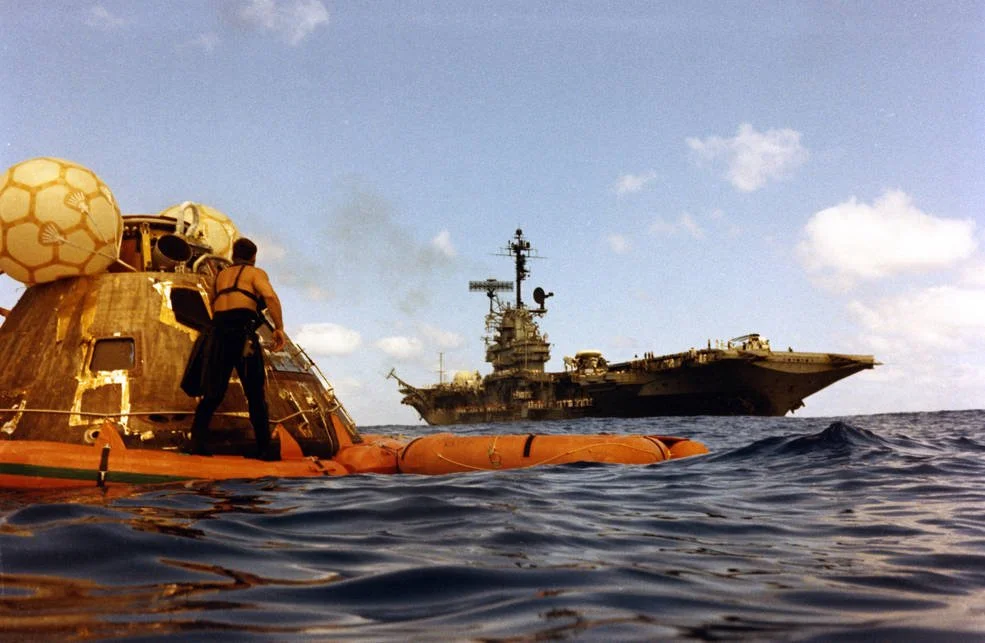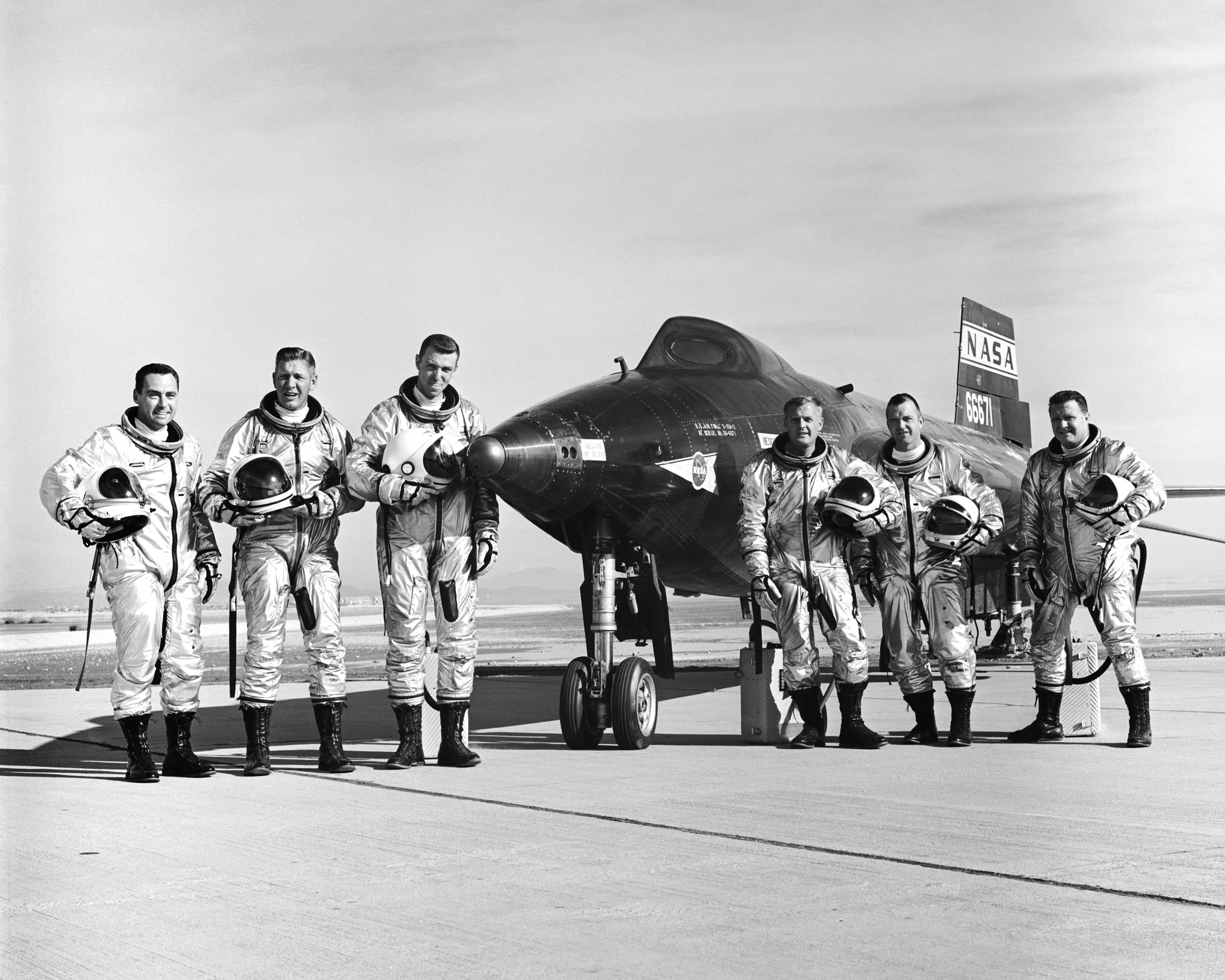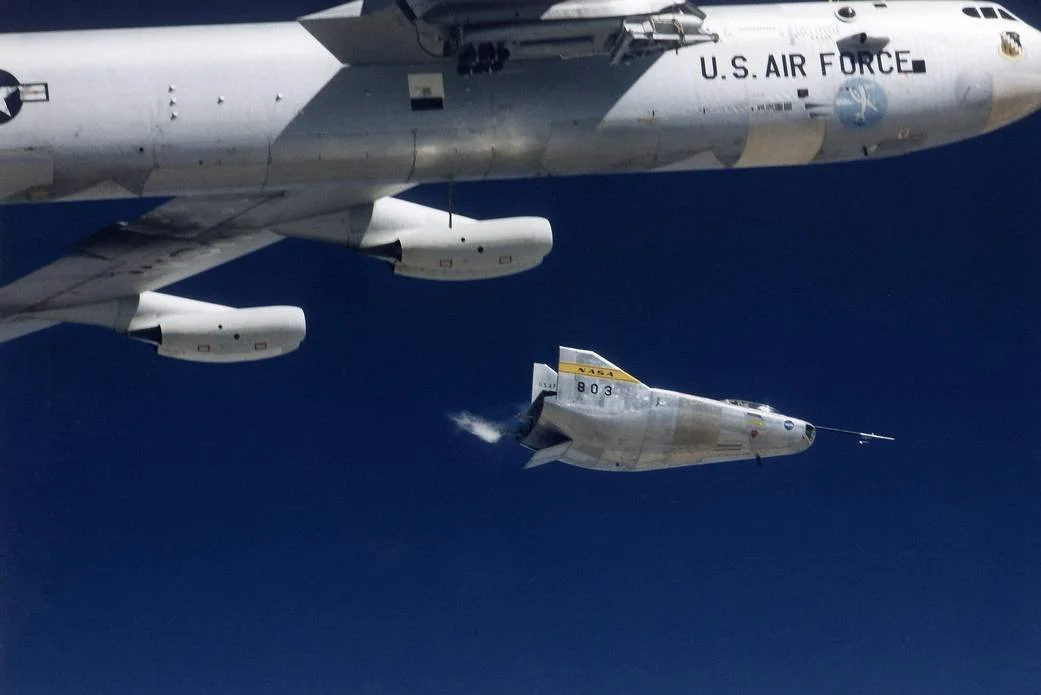NASA hangies in space? Part 1
I paraglided for 20 years, 1998 to 2018, but had no idea that the related, kite-based hang-glider was invented by a NASA staff member in 1948 as a possible means of getting brave astronauts down from a 17,000 mph orbital glide.
Marco Polo
The Chinese have been avid kite-makers for at least 3,000 years. Venetian teenager Marco Polo’s 1271- 1295 business trip to this unknown part of the universe brought many new ideas back to Europe. There’s something very modern about this super-rich entrepreneurial family. Father and uncle were both major players in the Venetian gold and jewellery business, with all the confidence required for such an audacious project. The silk route showed Marco how to get there.
Here’s a German woodcut of a 1634 ‘Fiery Dragon’ kite in action. It’s simple by historic Chinese kite standards, but suggests that the gloom, fear and superstition of the European Dark Ages was finally giving way to a return of the creativity and imagination of Archimedes and Euclid et al.
The 12 year old Mayflower ship finally left Plymouth for America in 1620; a bit cramped inside because it also carried the Dutch pilgrims from the Speedwell (launched in 1573 as Swiftsure). The Speedwell sprung too many leaks as it addressed the Atlantic swell - too many shipworm holes. The shipworm is actually a little-understood wood-drilling shellfish: but to continue . . .
Was there a fiery dragon kite-flier among these hopeful Mayflower passengers? It’s possible . . . From personal experience I can tell the reader that there were some strange superstitious people aboard. They were going to be Americans after all, but doubtless there were also some with a pragmatic view of how the world could work, even in 1620.
Invention of the hang-glider
Francis Rogallo was a NASA engineer, not a pilot. He is unquestionably the father of the recreational, simple-handling hang-glider as we know it today, but that was not the original idea.
Author as a hangglider backseater
The idea of space travel long predates 1945, and the progressive end of WW2 hostilities permitted both East and West to discover what the others had been up to. Von Braun’s V2 seems to have become the most recognisable image for space flight fiction, though it was the Soviet Union’s Sputnik 1 which got there first. However, the safe return of a human to earth is far from straightforward, partly because of our atmosphere. To orbit the earth while mostly free of atmospheric drag, a minimum altitude of approximately 400 kms and a relative earth speed of 17,000 miles per hour is required, hence the fiery rocket ride to get there. All early manned spacecraft made their final 25,000 feet of vertical descent under one or more round parachutes, so where did the 17,000 mph go?
A lot of heat is the answer. Retro rockets to start with, followed by the capsule’s blunt end heat-shield during a carefully angled glide. The final parachute splashdown worked, but wouldn’t it be better to have something steerable for the last part, which could arrive predictably and horizontally on land, like a glider? Something like this, perhaps . . .?
Rogallo deployment sequence
Rogallo gave this some thought, and had built his first garden shed kite in 1948. Its frame was simple: three light rods joined at the nose, and one cross-brace across the middle. Mrs Rogallo (Gertrude) cut out and sewed the fabric sail on the kitchen table. This cloth had started life as the kitchen curtains anyway, but the kite flew well, better than expected. He patented the design in 1954. Technical work including wind tunnel analysis continued, and Rogallo’s committee of three published a NASA feasibility study in 1960. Hang-glider pilots should note the Mach numbers and temperatures considered.
The cold war race for space
Sputnik 1 by Turbosquid
A Soviet surprise had already started the Race for Space on October 4th 1957 with the successful launch of Sputnik 1 into Earth orbit. The two foot diameter sphere only beeped, but the world could hear it. Aged 15 I remember listening to it on the family crystal set in a cold and dark house in an Oxfordshire village. The beeper’s batteries ran out after 3 weeks, but the little Sputnik itself achieved fourteen hundred 90 minute orbits, reentering on Jan 4th 1958.
The first human in space - space parachuting begins
Yuri Gagarin signing autographs
The first human in space - space parachuting begins
Brave MiG15 pilot Yuri Gagarin kicked off with a single orbit in April 1961. He landed by personal parachute, on a farm somewhere in Kazakhstan having left the trusty Vostok Mk1 at 25,000 feet on the way down - smart guy. Actually, the entire flight including ejection sequence neither required nor permitted pilot input - and he was smart enough not to press any mystery buttons. He landed a mere 300kms from his reception committee but in the right country, his first task was to find the farmer and phone Baikonur mission control to arrange a pickup.
Vostok 1
Telephoning head office was not easy in 1961, or even 1976 when the world aerobatic scene spent a couple of weeks in Kiev, but all ended well. Gagarin’s flight was a fantastic achievement in anyone’s book. The Vostok 1 was a steel sphere with a toughened glass window - aeronautically a large cannonball, not much of a glider. How hot did Yuri get before the cool relief of his parachute ride?
On May 5th 1961 Alan Shepard became the first American in space with a 15 minute, 300 mile sub-orbital flight, this time remaining in the capsule for the parachute descent into the sea.
Three weeks later President Kennedy really ramped up the pressure on his own brave fliers and researchers with the challenge to “Land a man on the moon and return him safely to the Earth by the end of the decade.”
Shepard winch up
This was achieved in 1969 with Apollo 11’s splashdown on July 24th of that year. What a decade of progress by trial and error, from both sides of the iron curtain: but where was the steerable NASA device that could land on a runway, and avoid this expensive and unpredictable boating? Delicate metal structures full of electronic gadgets do not take kindly to a dunk in the sea, and naval grappling traditions must be practical, so each splashdown was a spacecraft’s last flight.
Kennedy statement: Lyndon Johnson looks on
Apollo #17, the last splashdown (for the time being)
The Parasev, the Sailwing, or Lifting Bodies?
This essay considers the very experimental and superficially homespun tinkering that led up to the splendid space shuttle. Bizarre but true would cover the progress made in the early 1960s at the Muroc (or Rogers) Dry Lake.
We, the general public, only get to see the result of a newsworthy project. Parallel experimental work may have been underway for decades, and painstaking research might never attract public attention. Much will have been learned, many projects filed for posterity, and sometimes the results find favour with a completely different enthusiast group. This is what eventually happened to Francis Rogallo’s 1948 rod and kitchen curtain kite.
After patenting his design and carrying out full size wind tunnel testing, his findings attracted the interest of a number of NASA staff. His 1960 technical paper had been published a year before Gagarin’s flight, and two schools of NASA thought had emerged as to how best to manage the energy transfer of capsule reentry. The first priority is heat dissipation as the ever-denser air molecules are encountered, and the second - more of a luxury - a glide approach and landing on a predetermined runway.
X-1
The flat expanse of the Rogers Dry Lake in California had been used as a convenient landing ground since the 1930s, and its clear skies and relative seclusion made it suitable for air-dropped rocket-powered aircraft which eventually descend and land as fast gliders. Celebrated examples are Chuck Yeager’s Bell X-1 (flew 1945-) and the X-15 (1959-), and though these two machines happen to be devoted to high speed and altitude handling research per se, Cold War tensions rapidly identified the priority of outperforming a possible enemy in the air. Edwards Air Force Base, its associated Air Force Test Pilots School and their Navy equivalent were the places to go to identify suitable astronauts. This military tradition represents the second space return policy: spacecraft that could also glide well enough to make a horizontal landing on a dry and flat surface.
X-15
NASA at Edwards AFB, 1959-1971:
Paul Bickle was NASA aerodynamics research chief during these years when the return from space would be of prime interest. The Mercury Seven, America’s first astronauts, were announced in 1959. All were military test pilots, but Bickle, the man in charge of the science, is best known as a glider pilot. His 1963 height gain record of 42,330 ft still stands. He is well worth looking up on Wikipedia, and, strange as it may seem, there is a wise logic to his appointment as flight test director for lakebed landing research - virtually all the landings are made without power. This is something that jet pilots would usually prefer not to do.
Paul Bickle was closely involved with the X-15 project and the future Boeing X-20 Dynasoar, but the project to explore a conventional landable alternative to the round parachute has few direct precedents. There is a particularly old-world charm and quaintness in this degree of inventive freedom. Success achieved by a determination to succeed is a special American quality, exemplified by the Wright Brothers. And although we should not forget the rocket technology acquired from Europe, the less spectacular but very important means of getting down is a classic story of homespun backyard creativity. There were two highly contrasting possibilities: parachutal devices deployed at low speed, and space-capable, self-contained flying objects with acceptable aerodynamic qualities for conventional landings. A sphere is the only shape that cannot provide lift - only drag - but any other shape can produce some lift. The remaining question is how fast do you have to glide to achieve level flight for landing your wingless spaceship glider?
ThIs was Bickle’s management task, and while most opinion favoured the fast gliding lifting body option of the future, the historic Rogallo Parasev (PARAchutal reSEarch Vehicle) was given its chance. The attempt lasted four years, within the 1960s, in fact a broad brush devision into decades may help the public reader form a clearer mental picture of this bewildering process of very varied and overlapping space exploration research.
1960s: Ever bigger rockets into Earth orbit, leading up to the moon landings. Returns to Earth exclusively by parachute splashdown. Parasev and lifting body research only.
1970s: Very quiet for the public, busy for those trying to find a return alternative.
Lifting body research prepares the way for the Space Shuttle.
1980s -1990s -2000s: Space Shuttle success, but 2 fatals, retired 2011.
Today: Back to parachute descent for 10 minute recreational space tourist flights.
The CFI
Paul Bickle gave Milton Thompson the task of managing the physical side of this novel research programme, despite Thompson’s preference for the wingless recovery option. He was to have been the only civilian test pilot to fly the Boeing X-20 Dynasaur, among a group of determined Air Force flyers, But he now becomes our project CFI (all types).
’Now for something completely different’ might describe the Parasev learning challenge, and my guess is that Milton’s age and varied career suggested a maturity of judgment that might be useful for a safe, if lengthy programme. Old enough to have flown the light and powerful Grumman Bearcat for the last few months of the War in the Pacific, Thomson continued flying in the Navy for six years, then did a little crop-dusting. So far this variety of piloting suggests useful experience to me. He then studied aerodynamics, achieving a BSc before joining NACA in 1956. There is little in common between military testing and scientific research, and he makes this difference clear in ‘Flying without Wings’:
NASA concerns itself with experimental research, aerodynamic innovation and subsequent device behaviour. On the other hand military test pilots investigate the behaviours and performance of military prototypes that have already been designed, constructed and tested elsewhere - as warlike aircraft, not spacecraft. These prototypes are assessed for their suitability as fighting aircraft. Handling niceties may not be a first priority.
Parasev testing started in 1962. Neil Armstrong and Gus Grissom became two of the helpers. Wind tunnel and theoretical aerodynamic analysis was readily available in the corridors of the NASA building, but the practical work of confronting the laws of nature directly was more find-out-for-yourself. Ground towing with a road vehicle progressed to light aircraft tugging, and work with the Parasev continued for 4 years, before parallel advances in wingless lifting bodies indicated the way to the future.
B52 and all-metal M2-F2, first flight piloted by CFI Thompson
